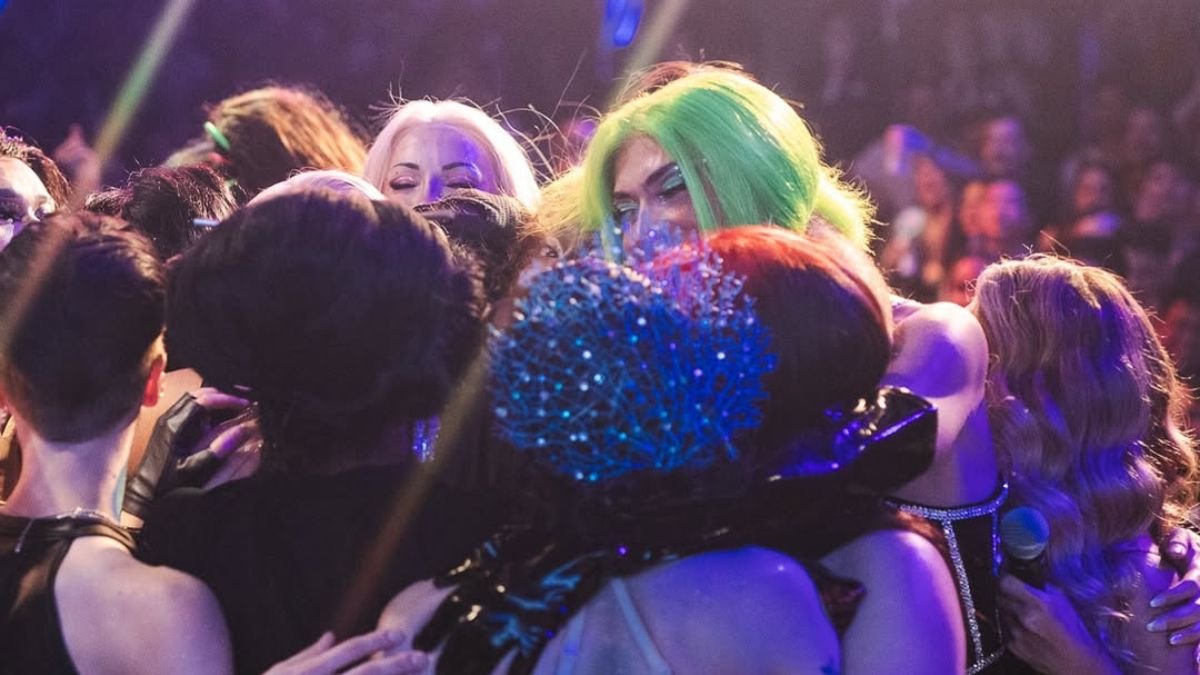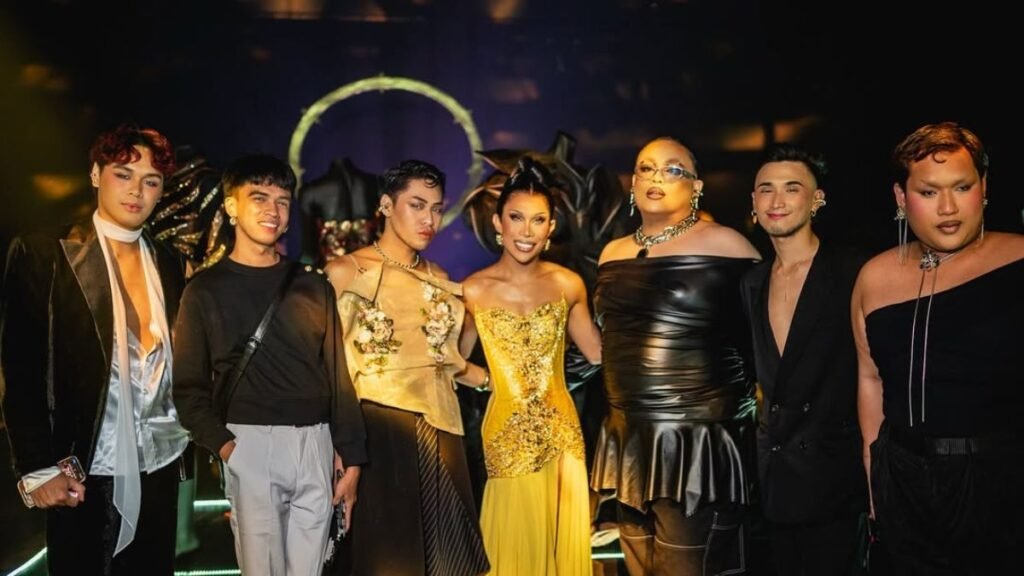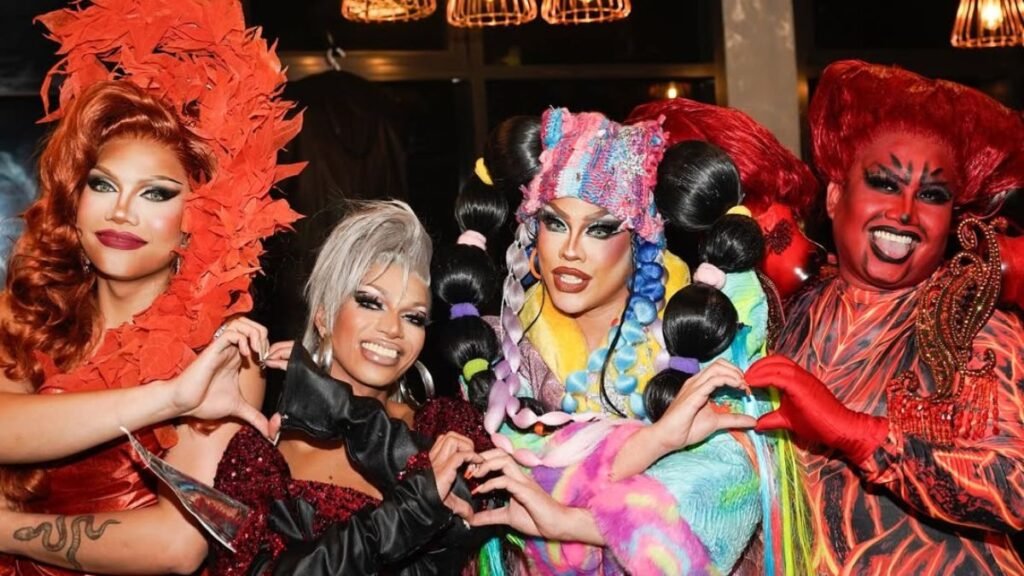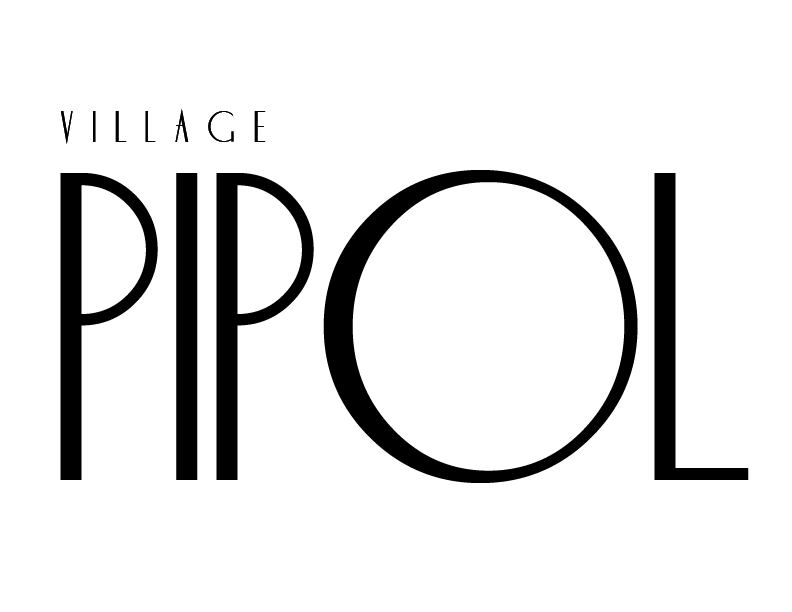The Metro in heels: Drag as the soul of the city

When the sun dips below Manila’s skyline and the night starts to hum, another kind of city comes alive—one bathed not in streetlights but in sequins, spotlights, and confidence. Inside small clubs or on makeshift stages, drag performances transform the chaos of the metro into a symphony of glitter, and power.
This is Manila, reimagined in heels.
Glitter and Grit
Drag in Metro Manila is more than performance–it’s poetry in motion; a way artists turn pain into pride and struggle into self-expression. Every lip-sync, every flick of a fan, every heel click is a declaration: I exist, and I am fabulous doing it.
“Drag is not just art–it’s power,” says Marina Summers, one of the most recognized faces of Filipino drag. “It’s where we celebrate being unapologetically ourselves, especially in a world that still tries to put us in boxes.”

Much like the city itself, drag thrives in contradiction. It’s messy and glamorous, gritty yet graceful. Behind the wigs and makeup are stories of resilience of artists who workday jobs, hustle for gigs, and still find time to shine beneath the neon lights of a Friday night in Cubao or Poblacion.
The city, reflected
Metro Manila has always been a city of extremes: skyscrapers beside slums, chaos beside creativity. And drag mirrors that energy perfectly. Every performance feels like a condensed version of the city’s story, a blend of comedy, tragedy, politics, and passion.
Manila’s drag scene is built on the same resourcefulness that defines the city itself.
Performers often make their own costumes, sew together thrifted fabrics, and paint their faces with whatever makeup they can afford. Like the city’s jeepney, drag is built from the ground up—a masterpiece born from hustle and heart.
To outsiders, drag might look like pure entertainment. But to those who live and breathe it, drag is community, advocacy, and identity rolled into one. Bars like OBar, Nectar, and Hoesik aren’t just nightlife spots. They are sanctuaries for the LGBTQIA+ community, where people find both belonging and courage.
Beyond entertainment
This community represents the very soul of the city– its noise, diversity, and defiance. It all captures the pulse of Manila in ways words can’t. Beneath the makeup lies a powerful message: self-expression is not just art but survival.
Its significance in Metro Manila’s cultural landscape goes beyond entertainment. It is a living chronicle of how the city evolves, becoming more open, expressive, and inclusive. Drag shows us that identity is not confined to boxes or gender norms; it’s fluid, dynamic, and as ever-changing as the city skyline.
Eventually, it teaches us that the metro is something vital: to embrace imperfection, to find joy amid struggle, and to celebrate individuality even when the world refuses to understand it.
The heartbeat of the metro
When the crowd cheers and the beat drops, you can feel it, the pulse of the city itself. The performer becomes more than an artist; they become the embodiment of Manila’s spirit, loud, brave, and unstoppable.
Like Manila, drag refuses to be silenced. It thrives in alleys and clubs, in laughter and protest. It tells the stories that deserve to be heard–, he ones that say, “We are here, and we are beautiful.”

In the end, drag is not just part of the city. It is the city. Every twirl, every shimmer, every defiant smile is a reflection of the metro’s soul-–chaotic yet creative, force yet forgiving.
So, the next time you see a drag queen strutting in stilettos, know that you’re not just watching a performance. You are witnessing the spirit of Manila in motion–resilient, radiant, and always ready to slay.
Aries is a sagittarius writer who loves to travel and explore the world. Most of his works are self-centered stories published on Medium. Through his discovery and reflections, he turns experiences into words, allowing readers to see how he learns and discovers more about life and himself.






